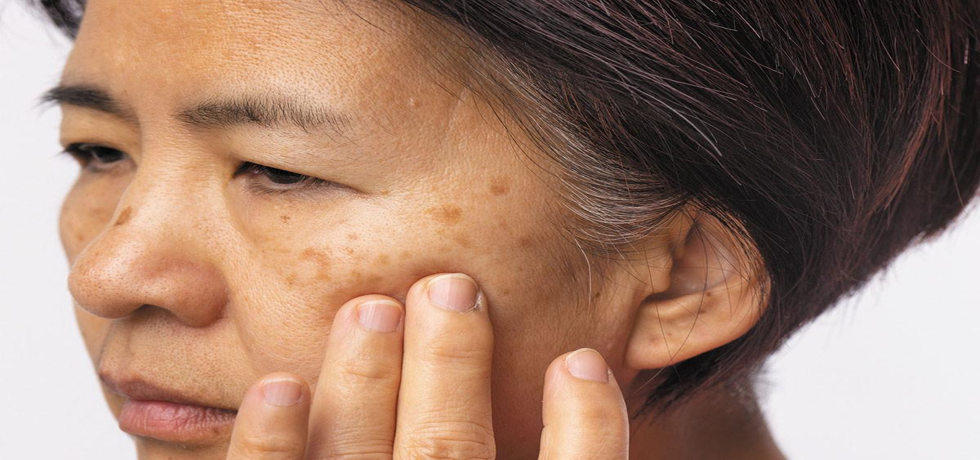
Unveiling the Mask of Melasma
Understanding Melasma
The onset of melasma often feels like wearing an unwanted mask, particularly affecting women, with around 90% of sufferers being female, as recognized by professionals in dermatology. This skin condition, characterized by dark patches usually found on the nose, cheekbones, and jawline, is frequently referred to as the “mask of pregnancy.” However, it can occur due to various hormonal fluctuations, including those resulting from birth control pills, menopause, and hormone therapy. Those affected may find themselves battling not only the physical symptoms but also the emotional turmoil that accompanies the stubborn splotches typical of hyperpigmentation.
Triggers and Causes of Melasma
While hormonal changes are a primary trigger, they work alongside genetics and skin tone factors, making melasma more likely in individuals with darker skin. Sun exposure plays a crucial role in melasma development, with new research revealing that blue light from screens also contributes to this condition. Other environmental factors, such as pollution from smog and car exhaust, can further trigger melasma by irritating the skin and compromising its protective barrier. Its essential to recognize that certain medications can heighten ones sensitivity to light, making existing melasma even more difficult to manage.
Protecting Your Skin from Flare-Ups
Preventing melasma flare-ups requires a dedicated approach. The first step is using broad-spectrum sunscreen daily with an SPF of 30 or higher. Effective sun protection is vital, especially in India’s sunny climate. Wearing a wide-brimmed hat can be an additional protective measure. Gentle skin care is equally important; aggressive scrubbing and the use of harsh products may irritate the skin and exacerbate hyperpigmentation. Instead, opt for soothing cleansers and avoid wax removal techniques that can further irritate the skin.
Treatment Options for Melasma
While melasma can fade on its own following the cessation of a specific trigger, such as pregnancy or sun exposure, it is advisable not to self-diagnose or self-treat. It’s wise to consult with dermatologists at The Skin Artistry to explore effective melasma treatment options. Conventional treatments may include skin-lightening creams that can reduce dark patches, retinoid therapies that promote skin renewal, and acid-based lighteners that target discoloration. Recent advancements have also highlighted the potential of tranexamic acid for treating stubborn melasma, underlining the importance of professional guidance in choosing the right treatment.
In Conclusion
If you find yourself struggling with melasma, know that you are not alone, and there are various strategies and treatments to effectively manage it. Staying vigilant with sun protection, consulting with professionals, and adopting gentle skincare routines can make a significant difference. Addressing the emotional distress it may cause by seeking support and treatment is equally vital. For tailored advice and the best care possible, reach out to The Skin Artistry for personal consultations and treatment plans.
For professional assistance and expert advice from leading dermatologists like Dr. Hital Patel, experience the benefits of Unveiling the Mask of Melasma with Hair & Skin Specialist Dr. Hital Patel at The Skin Artistry. Our clinics in PDPU Gandhinagar, Vastrapur Ahmedabad and Hyderabad (Visiting Consultant) offer top-quality care and personalized treatments. Visit us today to learn more about our services and take advantage of our special offers! For more insights, updates, or to collaborate, stay connected with The Skin Artistry.

